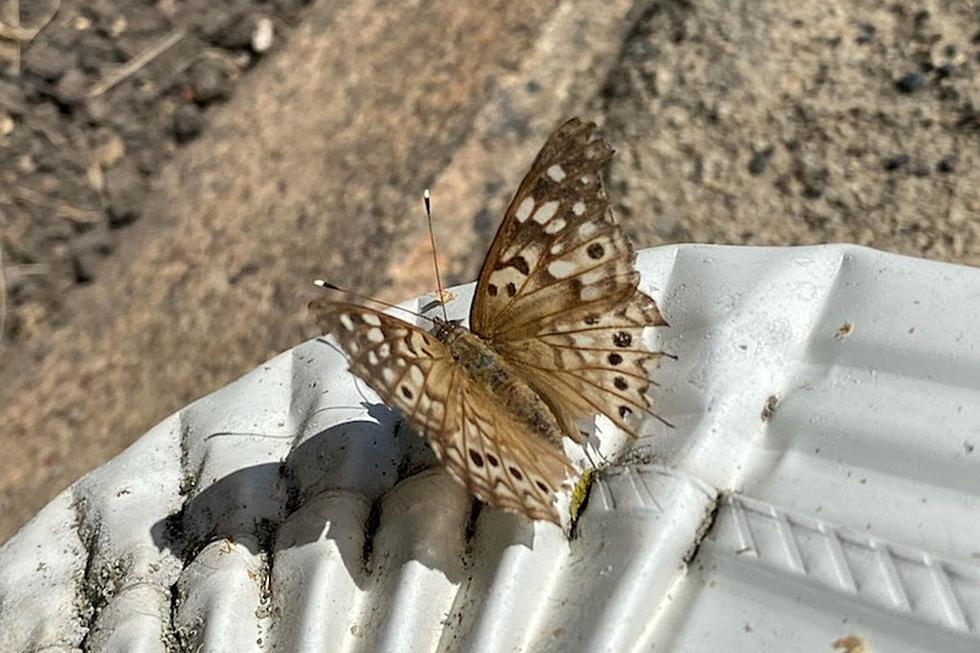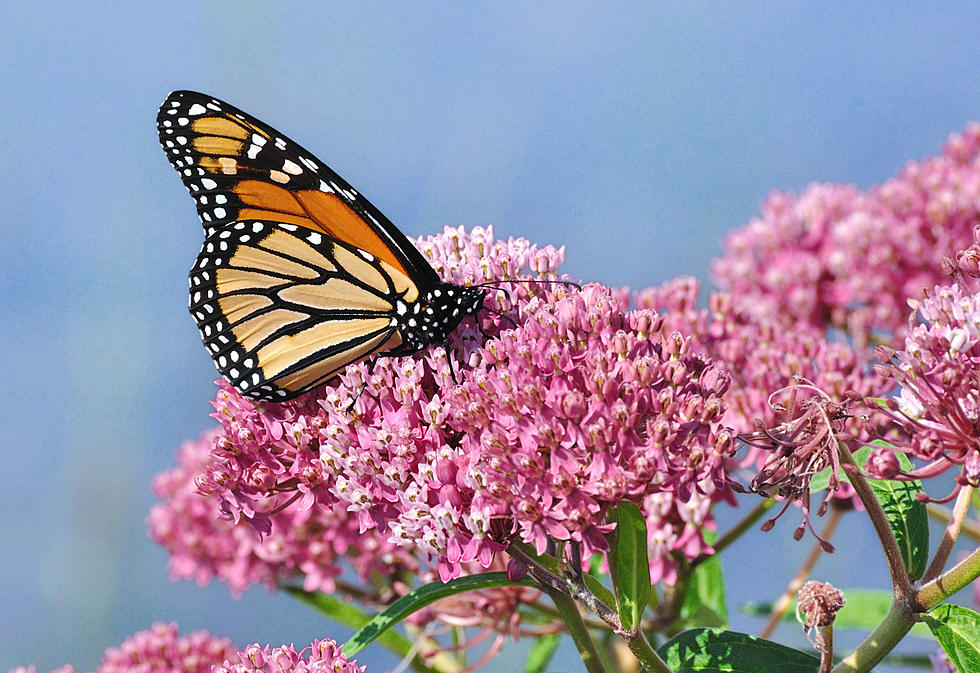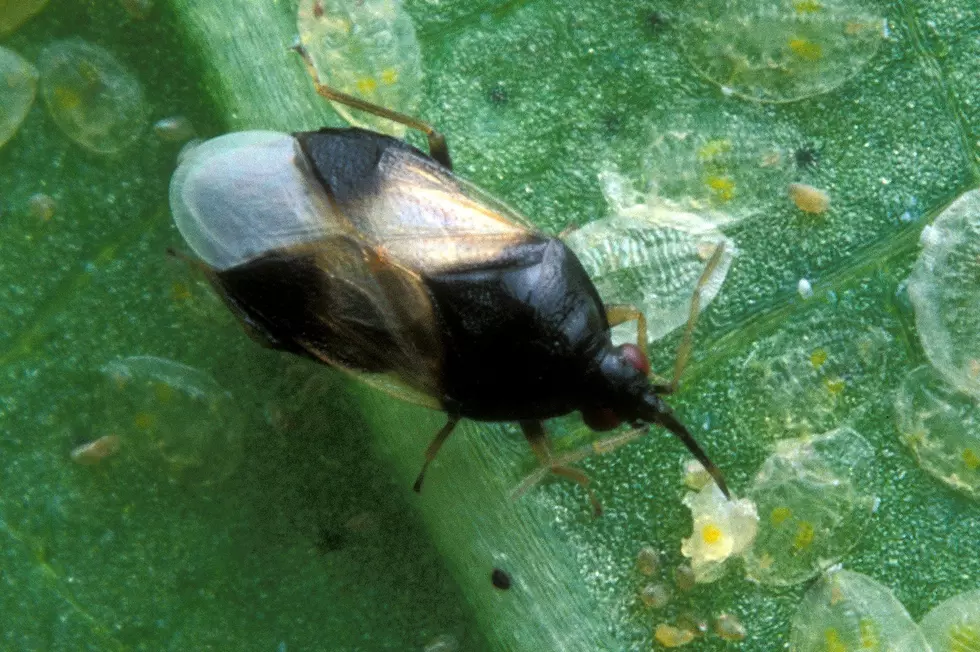
Have You Noticed This Butterfly is Everywhere?
Iowa is home to over 100 species of butterflies and one certain type has been fluttering around in massive numbers lately.
The hackberry emperor butterfly has emerged from its cocoons in droves this month, but why? They’re common in Iowa, but why are there so many this summer? Maybe it’s been the lack of rain, which has allowed more eggs and caterpillars to survive longer than normal?
The hackberry is one of the most common trees in Iowa and the tree is the main food source in the butterfly’s larval stage, feeding upon its leaves and leaf buds. But when they become winged adults, they feed on tree sap, fermenting fruit, dung, carrion, but rarely flower nectar.
Why do they like to perch on humans? They like our sweat for the salt content. They also sip moisture and get minerals from mud. Males will even land on pieces of white paper in the sun.
They fly very erratically and will rest upside down. They’re seen throughout Iowa through the summer months. In autumn, caterpillars attach themselves to rolled-up dead leaves, where they will stay until springtime when they move back into the trees to eat some more delicious hackberry leaves.
The hackberry emperor butterfly is found from northern Mexico to Nebraska and throughout most of the eastern U.S. except for the northern half of Wisconsin, Michigan and New York, and all of New England:
WATCH OUT: These are the deadliest animals in the world
KEEP READING: Here are 6 foods from your cookout that could harm your dog
LOOK: Stunning animal photos from around the world
More From 97.7 KCRR









